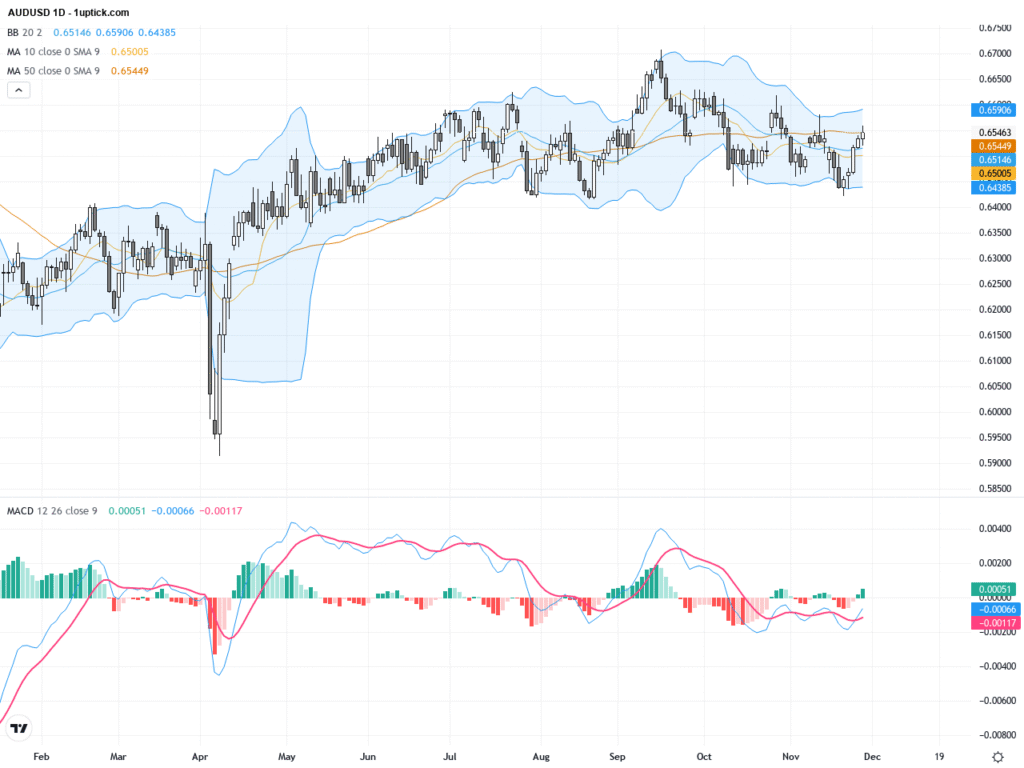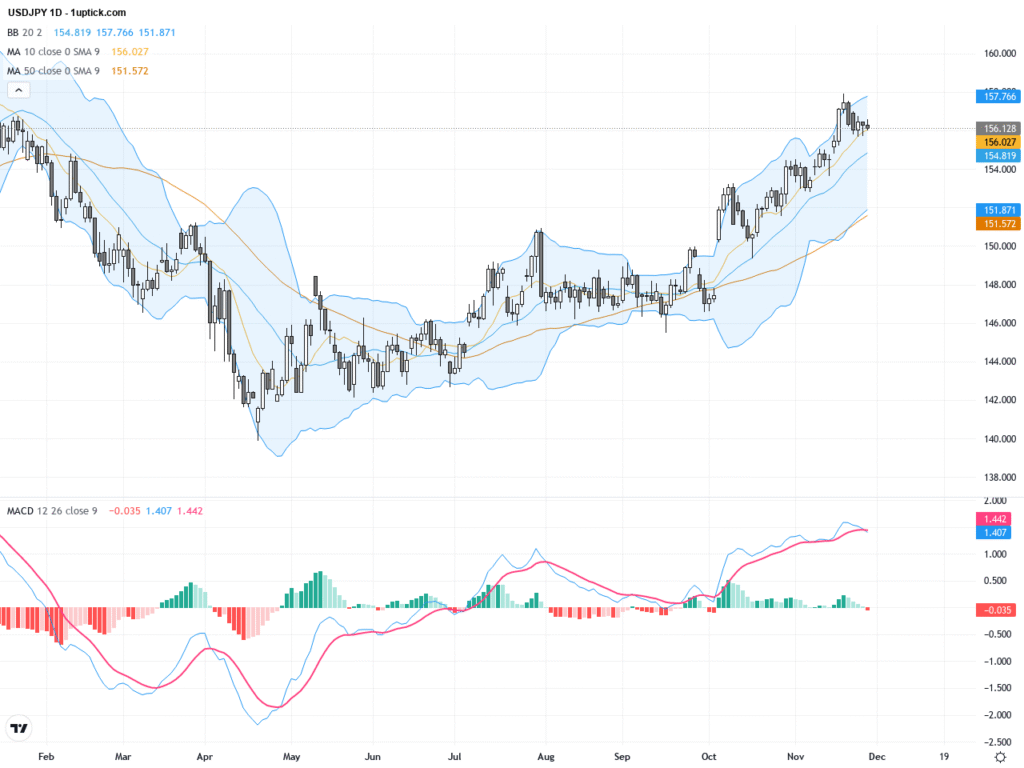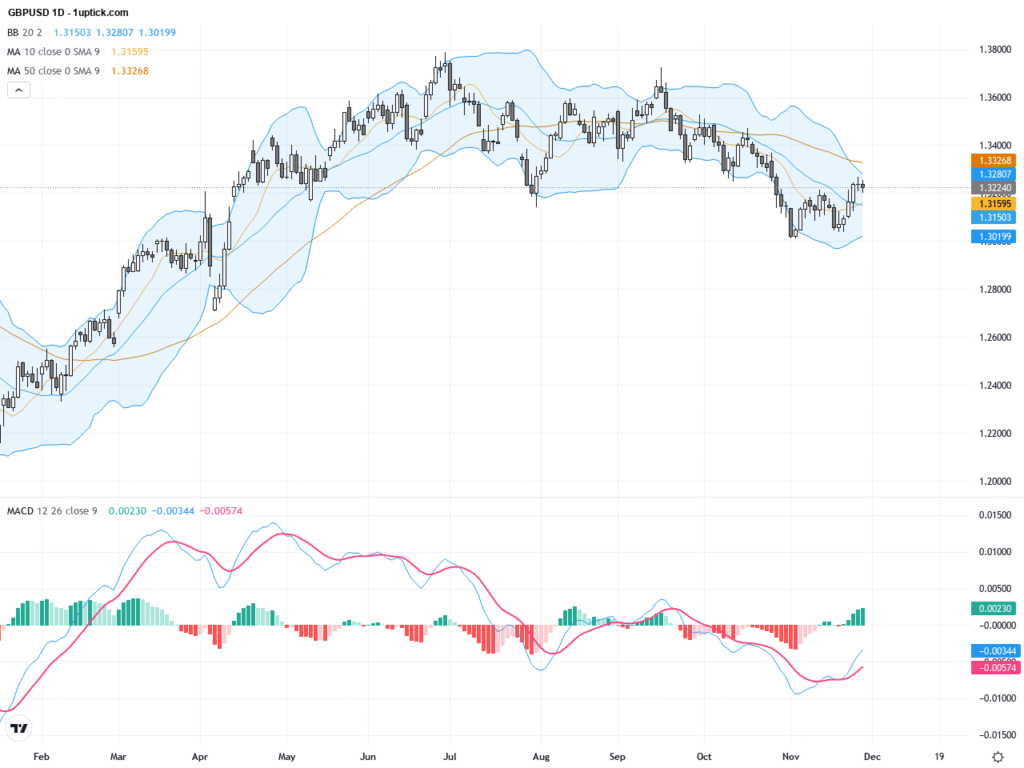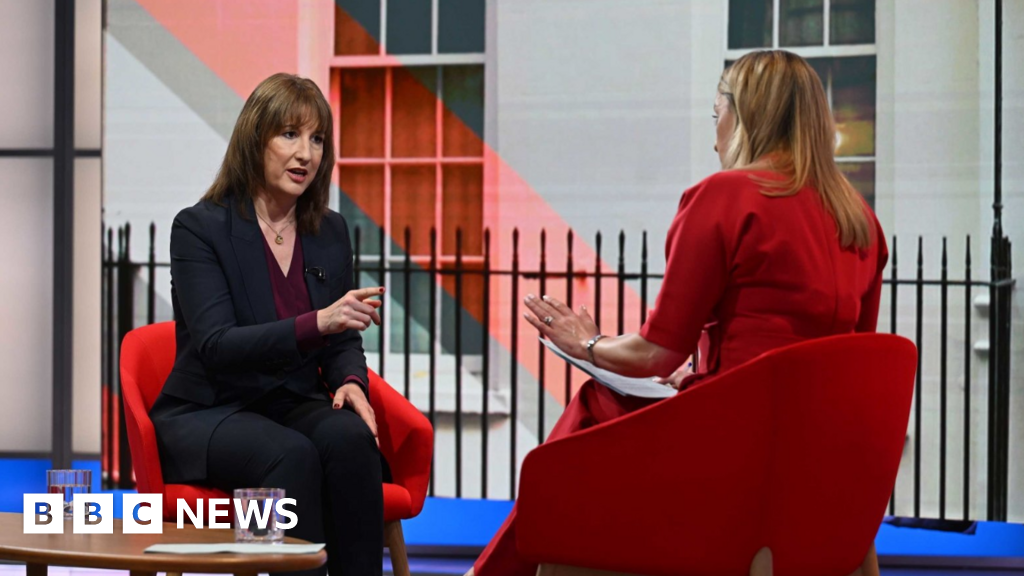 |
| Gold V.1.3.1 signal Telegram Channel (English) |
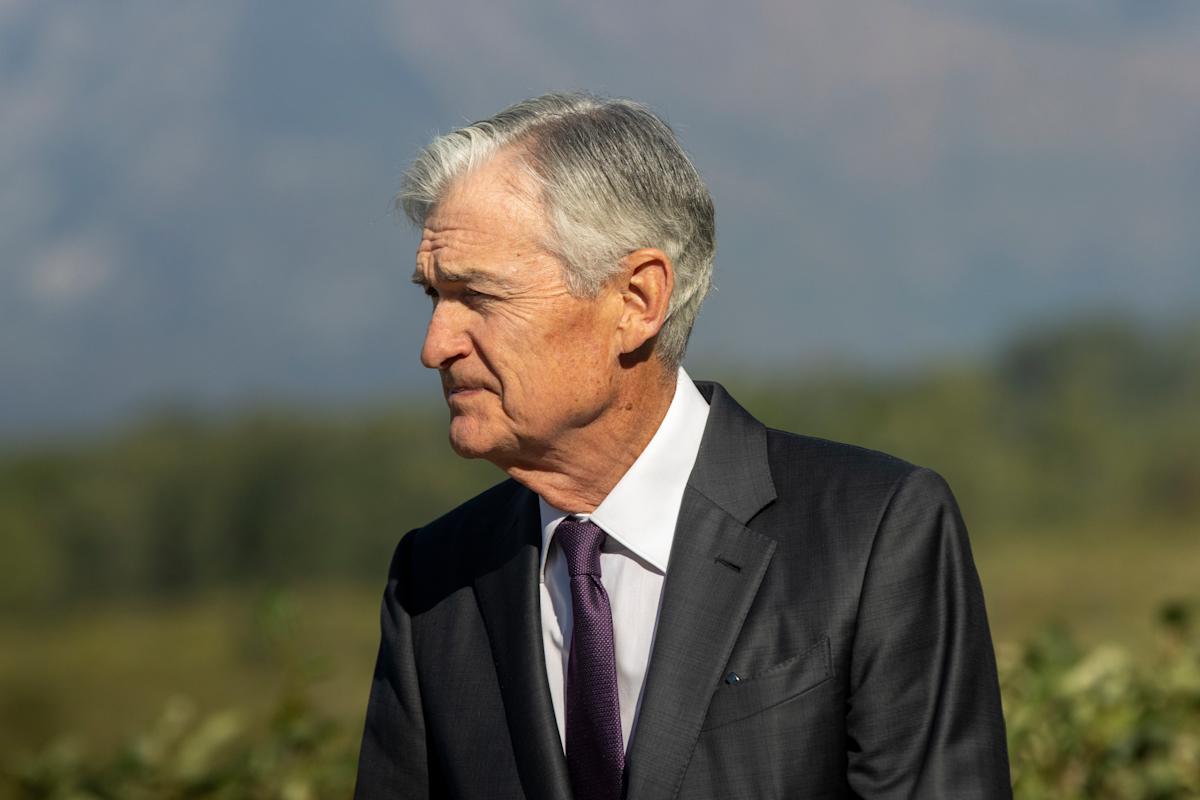
Federal Reserve Chair Jerome Powell Signals Potential September Rate Cuts, Sparking Market Optimism and Portfolio Shifts
2025-08-24 @ 20:00
Federal Reserve Chair Jerome Powell has recently signaled a significant shift in monetary policy, opening the door to potential interest rate cuts as early as September. This has sparked optimism across financial markets, prompting rallies in stocks, bonds, and speculative assets. Investors and analysts are closely watching the Fed’s actions, as Powell’s nuanced messaging suggests a reassessment of risks facing both inflation and employment.
Powell’s comments at the Jackson Hole Economic Symposium marked a departure from the central bank’s previously hawkish stance. He noted that the risks to inflation, though still present due to factors like tariffs, now appear less threatening compared to the emerging weakness in the labor market. The Fed’s dual mandate—targeting both stable prices and maximized employment—is now being approached with greater flexibility, echoing Powell’s intention not to lag behind labor market signals.
A key aspect of Powell’s remarks is the possibility of the Fed adopting a “gradual approach” to rate adjustments. Instead of drastic moves, he appears to favor incremental rate cuts if economic conditions warrant them. This approach is seen as a form of “insurance,” designed to support the economy before labor market deterioration becomes pronounced. Powell’s influence as Chair is particularly significant, potentially tipping the balance in upcoming Federal Open Market Committee (FOMC) votes where consensus may be elusive.
Despite Powell’s dovish tone, not all FOMC members are onboard. Some regional Fed presidents have expressed caution about lowering rates too soon, especially with inflation risks linked to tariffs still looming. Economists expect contentious discussions at the next policy meeting, highlighting a shift away from the Fed’s historic pattern of unanimous decisions.
Tariffs remain a wildcard. Powell acknowledged that trade policy has created inflationary pressures, but he views these as likely transitory. Nonetheless, there’s risk that tariffs could trigger a more sustained inflation dynamic if businesses begin raising wages to compensate workers for higher living costs. For now, Powell is reassured by the anchored expectations for long-term inflation.
The financial market response has been swift. Stock indices surged as traders priced in a higher probability of imminent rate cuts, while bond yields dropped and the US dollar weakened. Sectors traditionally sensitive to rates—such as utilities, real estate, and small-cap stocks—gained traction. Market participants are recalibrating their portfolios, anticipating a low-rate environment where defensive and income-generating assets could outperform.
Bond investors, meanwhile, are adopting strategies to navigate the dovish landscape. Barbell approaches—combining short-duration Treasuries with inflation-protected securities—are in vogue, providing a hedge against credit and inflation risks. Quality corporate bonds are also in demand as investors seek stability amid uncertainty.
For asset allocators, flexibility is now essential. Traditional 60/40 portfolios (60% equities, 40% bonds) are adjusting sector weights and bond durations to balance the prospects of rate cuts against the potential for lingering tariff-related inflation. The emphasis is on building resilient portfolios capable of weathering both accommodative policy and episodic inflation spikes.
Looking forward, Powell’s evolving philosophy suggests that the Fed will prioritize economic adaptability over strict targeting of inflation or growth. The removal of rigid references to frameworks like the effective lower bound and average inflation targeting underscores a willingness to react dynamically to shifting risks.
What does this mean for financial bloggers and investors? First, staying attuned to Fed signals is more critical than ever, as policy pivots can have immediate and profound effects on markets. Second, monitoring the balance between inflation and employment risks—and how policymakers interpret these—will help in forecasting moves and positioning portfolios effectively. Finally, with consensus at the Fed increasingly hard to achieve, expect volatility and divergent views to shape both headlines and investment strategies throughout the remainder of 2025.
In summary, Powell has kept investors on their toes, injecting renewed optimism but also uncertainty. The next Fed meeting is set to be a pivotal moment, with market sentiment and financial strategies hanging in the balance. Whether rate cuts materialize or not, the landscape has undeniably shifted—making proactive research and flexible asset allocation more valuable than ever.



